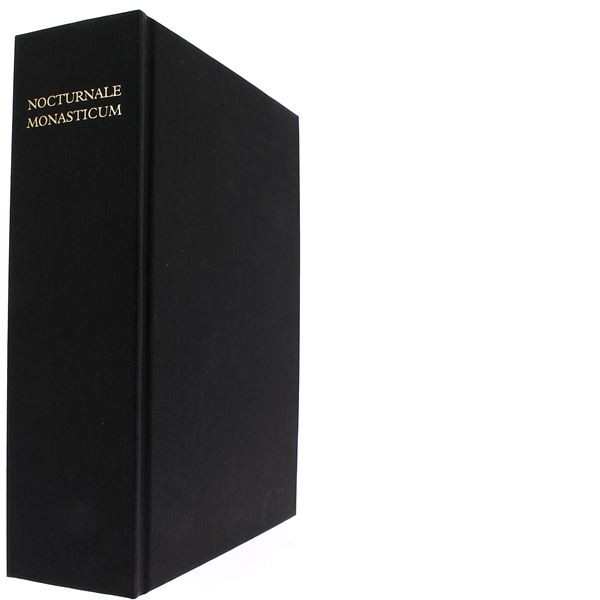I noted in a post last week that the feasts of saints previously reduced to a commemoration in Lent can now be celebrated, if desired, as Class III.
The first of these feasts this year, is that of SS Perpetua and Felicity, on March 6.
St Perpetua (born in 181) was a 22-year old married noble, and a nursing mother. She was martyred along with St Felicity, an expectant mother, and her slave, at Carthage in the Roman province of Africa, and five other catechumens.
They are particularly fascinating saints because of the survival of St Perpetua's own account of the persecutions she and her fellow Christians suffered in the year 203. The book was widely read amongst the early Christians and deserves to be better known today.
The Matins readings
I should note that it is a little unclear to me whether the reading should be the Scriptural readings of the feast, or the Patristic Lent day, but since the general pattern for Class III feasts is to use two Scriptural readings, I have opted for those of the Common, along with the responsories from it, as set out here.
And for those concerned about the cuts to the readings in the Roman Office, the (third) Matin readings for the feast in the Benedictine Office is, as far as I can see, identical in the 1930 and 1963 Benedictine breviaries, though much shorter than the pre 1962 Roman set of three readings. The feast did not appear at all in earlier Benedictine breviaries as far as I can see.
The rubrics for the feast
The Ordo notes for the feast for Monday 6 March: SS Perpetua and Felicitas, [Optional] Class III/Memorial
As a Memorial:
For the commemoration at Lauds, Benedictus antiphon of the Lent day, versicle of Lent, and collect of the day, MD [74]/AM 828.
As Class III:
Matins: Two nocturns with invitatory of the feast; hymn from Common of Holy Women (non Virginum); readings 1 and 2 of the Common (combine readings 1&2, and 3&4 and omit the responsory between them), reading 3 of the feast with responsory Veni electa mea (Common of a female martyr); chapter for female martyrs; and collect of the feast.
Lauds and Vespers: Psalms and antiphons of the day; chapter, responsory, hymn and versicle from Common for Holy Women (Benedictus and Magnificat antiphon for several martyrs), MD (99) ff; collect of the feast, MD [74]; with a commemoration of the Lent day (Canticle, antiphon and collect of Monday in the second week of Lent).
Prime: Antiphon from the Common Holy Women (Dum esset Rex).
Terce to None: Antiphon, chapter and versicle from the Common, collect of the feast.
St Thomas Aquinas
Tuesday 7 March: St Thomas Aquinas, Memorial/Class III
As a memorial:
For the commemoration at Lauds, Benedictus antiphon of the Lent day, versicle of Lent, and collect of the day, MD [75]/AM 828-9.
As Class III:
Matins: Two nocturns with invitatory and hymn from Common of Confessors; readings 1 and 2 of the Lent day (combine readings 2&3 and omit the responsory between them), reading 3 of the feast with responsoires of the Common (1&2 of Nocturn I, no 3 for a doctor, In medio); chapter for confessors; and collect of the feast.
Lauds and Vespers: Psalms and antiphons of the day; chapter, responsory, hymn and versicle from Common of Confessors; collect of the feast; with a commemoration of the Lent day (canticle, antiphon and collect of Tuesday in the Second week of Lent).
Prime: Antiphon from the Common.
Terce to None: Antiphon, chapter and versicle from the Common, collect of the feast.
St Frances of Rome OSB
The third feast normally reduced to a commemoration by virtue of Lent is that of the Benedictine saint, St Frances of Rome, on March 9.
The Matins texts for the feast for the Benedictine Office can be found on the Lectio Divina Notes blog.
For Lauds and Vespers, the psalms and antiphons are of the day, the rest from the Common of a Holy Woman; for Prime to None, also take the antiphon from the Common, as well as the chapter and versicle at Terce to None, with the collect of the feast as given in the Diurnal or Antiphonale.

